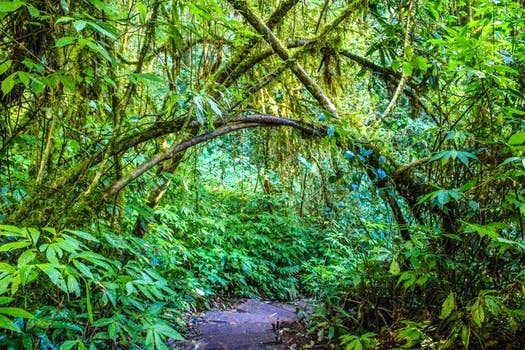Wednesday's news out of the UN climate summit in Poland was grim: the results of research by the Global Carbon Project, projecting the fall or rise of global annual carbon emissions. For 2018 they expect the largest rise in three years, resulting in a record high.
Major US media including the NY Times ("Greenhouse Gas Emissions Accelerate 'Like a Speeding Freight Train' in 2018"(, the Washington Post,("We Are in Deep Trouble") and CNN had stories on the report that, if not as prominent as its importance merits, were at least somewhere near the front. They each emphasize different aspects of the report, especially the causes. The Guardian story which seems to have the broad outlines, begins:
"Global carbon emissions will jump to a record high in 2018, according to a report, dashing hopes a plateau of recent years would be maintained. It means emissions are heading in the opposite direction to the deep cuts urgently needed, say scientists, to fight climate change.
The rise is due to the growing number of cars on the roads and a renaissance of coal use and means the world remains on the track to catastrophic global warming. However, the report’s authors said the emissions trend can still be turned around by 2020, if cuts are made in transport, industry and farming emissions."
Also launched at the UN summit, the World Resources Institute reported on the conflict between the food needs of the rising human population and the planetary need to cut emissions. A number of major efforts are required, including one that Paul Hawkens Project Drawdown figured out was very big: cutting down on the one-third of all food that is wasted.
But the need for more food without clearing more land for agriculture will require a major dietary change in the US and other western countries. Namely, a drastic reduction of beef.
 |
| Amazon deforested cattle "ranch" |
That trees are key to drawing down CO2 is not new. Hawkens' project named protecting tropical forests in the top five most effective strategies. Recent research confirms that rainforest regrowth also contributes. Meanwhile, rainforests and forests in general host a huge percentage of land species, probably more than half of all plant and animal species on the planet.
But in general, the role of plants--and specifically trees--in regulating the global environment has been stubbornly overlooked. The familiar and seemingly inert vegetation isn't very sexy to a society hypnotized by shiny new technologies. Lots of economic vested interests don't want forests to be looked at or valued: including agribusiness, energy extraction industries (including logging but also fracking and oil), real estate speculators and builders, and fast food nations requiring clear-cutting forests so beef cattle can waddle on their short walk to becoming hamburger.
But according to this article which originated in Quanta, the problem also exists within climate crisis science, dominated by atmospheric scientists who pay little attention to trees:
"Atmospheric scientists—and everyone else—could be excused for thinking of a stoically standing tree or a gently undulating wheat field as doing little more than passively accepting sunlight, wind, and rain. But plants are actually powerful change agents on the planet’s surface. They pump water from the ground through their tissues to the air, and they move carbon in the opposite direction, from air to tissue to ground. All the while, leaves split water, harvest and manipulate solar energy, and stitch together hydrogen, oxygen, and carbon to produce sugars and starches—the sources of virtually all food for Earth’s life."
What new research shows (and old research at least suggested) is that forests can affect weather and climate even at a distance. According to one scientist quoted:
“None of the atmospheric scientists are thinking about” how plants could influence rainfall, Swann said, though hints have appeared in the scientific literature for decades. And, she added, “it blows the ecology community’s mind … that the plants over here could actually influence the plants over there.”
But a large portion of Earth's food is possible because of forest-driven rainfall. Scientists are beginning to suggest that in the most important rainforests, it's the forest that came first, and then the rains.
Understanding the life of the forest can also aid in preventing or minimizing the huge wildfires that occur more frequently and more intensely thanks to global heating and its effects. The state of California is making some headway in dealing with forests and fires, despite the fact that upwards of 60% of the state's forests are under federal control. And those who live in fire zones can also do more. But these efforts are only beginning, and must be based on a thorough understanding of forests themselves.
An extensive and more sophisticated understanding of the importance of trees and forests to the planet, its climate and its ability to support life should make its way closer to the top of topics in conversations about the future.
Which also means that studying forests and the role of vegetation is a top future-oriented vocation for those making such decisions about their life's work today.














No comments:
Post a Comment